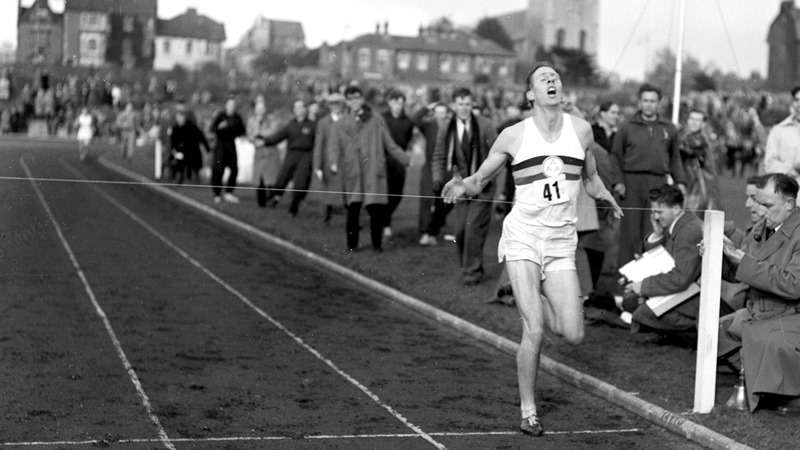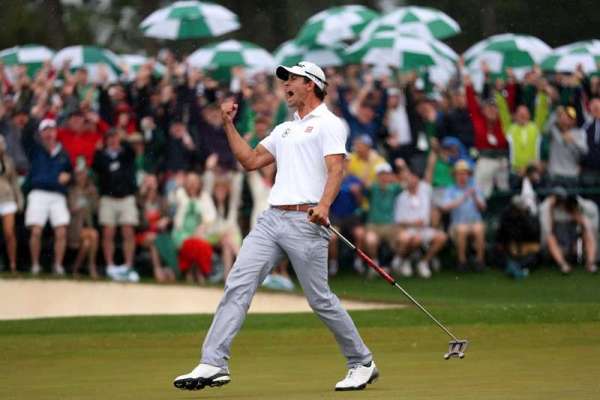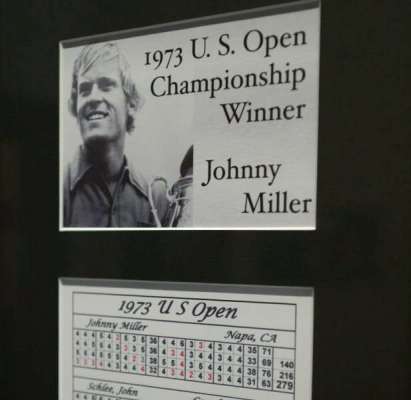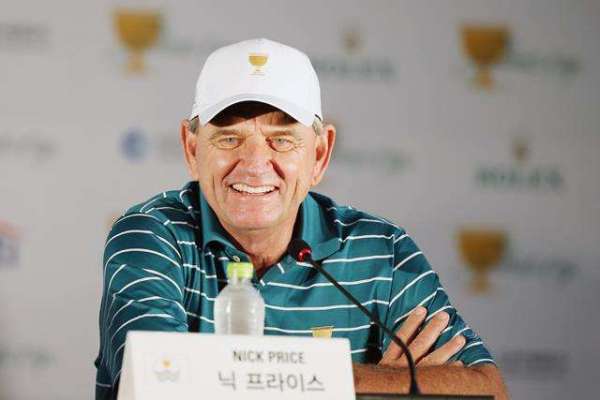Features
Paul Eales column: Sub-60 rounds will become more frequent

Record breaker: Roger Bannister broke the four-minute mile in 1954, but the record was broken just 46 days later (photo by The Times)
by Paul Eales
TWELVE months ago, as Jordan Spieth was compiling his 64 to take the first round lead in The Masters, there was a lot of bated breath being held at Augusta National. Many wondered whether it would be possible for him to break the course record 63 set way back in 1986 by Zimbabwe’s Nick Price, which was equalled ten years later by his good friend Greg Norman.
The fact that this record has stood for 30 years is testament to the way the Augusta committee has countered the advance of modern club and ball technology by creating tricky sloping greens cut to a frighteningly fast pace.
And while they continue with that policy, Price’s record could stand for another decade. Elsewhere in the world, the 59s shot by the likes of Chip Beck and David Duval remain an unachieved goal for the majority of today’s Tour players.
But will that last 30 years as well? My belief is that the answer is emphatically no because I believe we are at the dawn of an era when scores are going to get even lower.
And when someone shoots 58 or lower it will be like the time 62 years ago when at the Ifley Road stadium in Oxford, Roger Bannister became the first man to run a sub four-minute mile. His record, which received worldwide acclaim, only lasted for 46 days and nowadays no one would have a chance of winning a similar race with his time of three minutes, 59.4 seconds.
The number 59 in golf is now only a psychological barrier. I have reached that conclusion after I was fortunate enough to be invited by the Professional Golfers Association to study for a postgraduate degree and diploma in sports pedagogy at the University of Birmingham.
Put simply it is the study of the theory and practice of methods of education and goes far deeper into learning than previous coaching qualifications. This knowledge is now being passed onto a new generation of golfers, and they will be better equipped to learn and achieve potentials previously missed by many of today’s aspiring champions.
When I was growing up, being told how to swing the club was the only form of instruction there was. There was a template swing that golf teachers would try to pass onto all their pupils. But it did not suit everyone.
And when you look at the way the greats in the game hit the ball, people like Jack Nicklaus, Gary Player, Tom Watson and Lee Trevino – they all had their own swings, so how could one method fit all?
In more recent years we have had the technology to help us with ball tracking devices, like Flightscope and Trackman. Other equipment, such as Force Plates and 3D motion, are ‘capture all’ and provide us with evidence and knowledge. But again the aim for many teachers has still been to try to get players to ‘fix’ their swings.
Research from many fields has now given coaches the chance to realise golf is not just a game where technique and the golf swing is everything. By guiding their exploration, the students can now discover strengths and weaknesses in many other areas, and not just be obsessed with fixing faulty swings. And even more importantly, since golf is such a game of mental strength, this objective coaching knowledge opens up many more positive ways that players can learn.
Recently I was asked by the PGAs of Europe to go to Poland to work with the national junior squad there, and I got a glimpse of the promise for the future in a country where there is no history of golfing culture.
The youngsters I witnessed appeared to have the benefit of evidence and knowledge of their own games, rather than a teacher’s subjective opinion, and the only thing they were lacking was the physical experience of playing golf on tough golf courses, with greater competition and challenges.
And as more coaches become better qualified and adopt the evidence-based objective Level Four type of coaching theories, a completely new generation of club pros is going to emerge. Rather than becoming teachers they will be guides steering their pupils down the right paths to achieve what they want to achieve.
They will play golf with greater freedom and confidence in their physical and mental strengths, allowing them to shoot lower scores. The time when we start seeing the amazing skills of these top players shooting scores regularly in the fifties is not too far away.
Tagged Nick Price, Paul Eales








